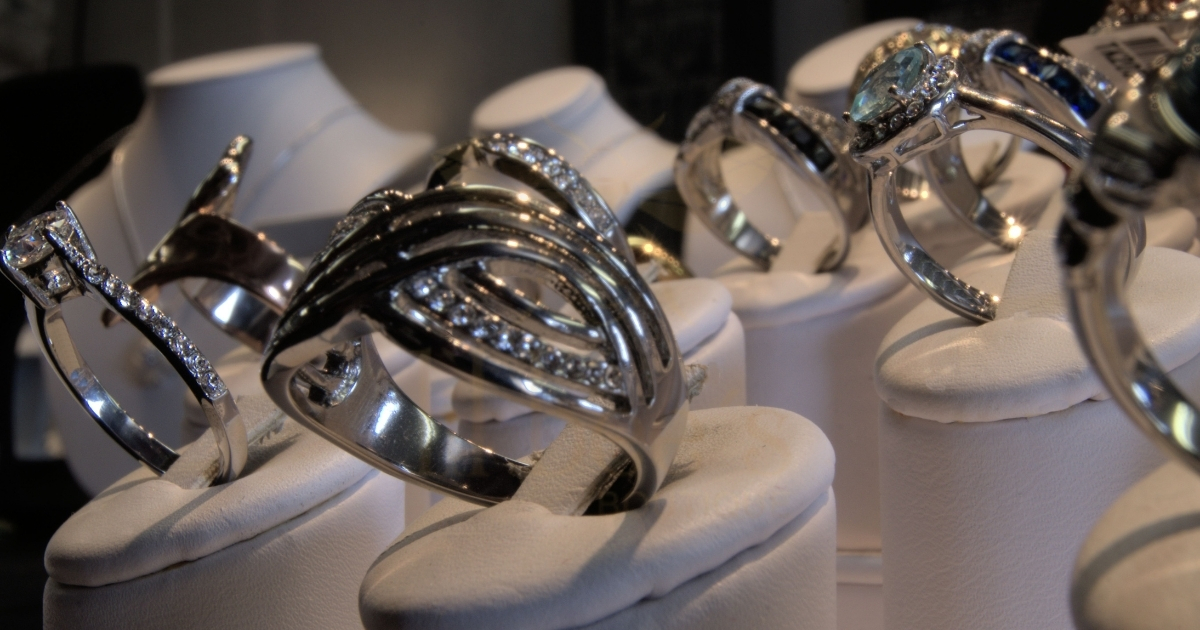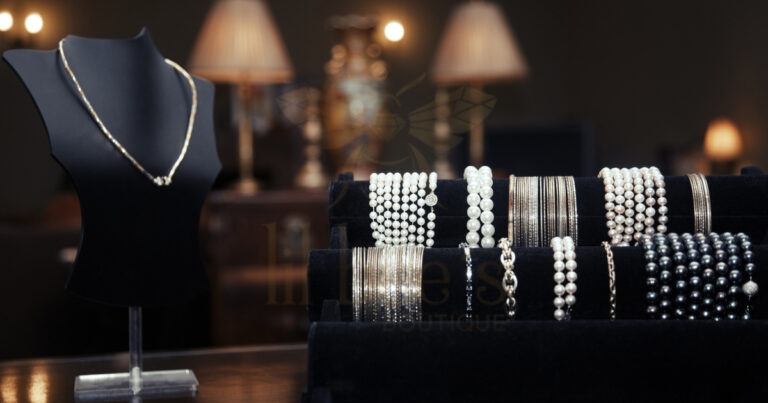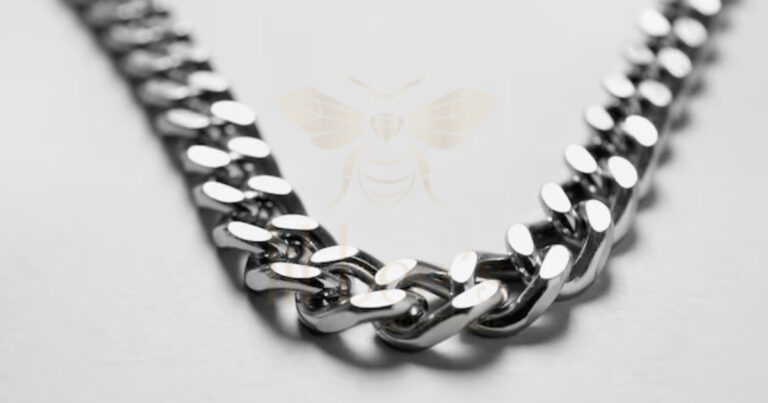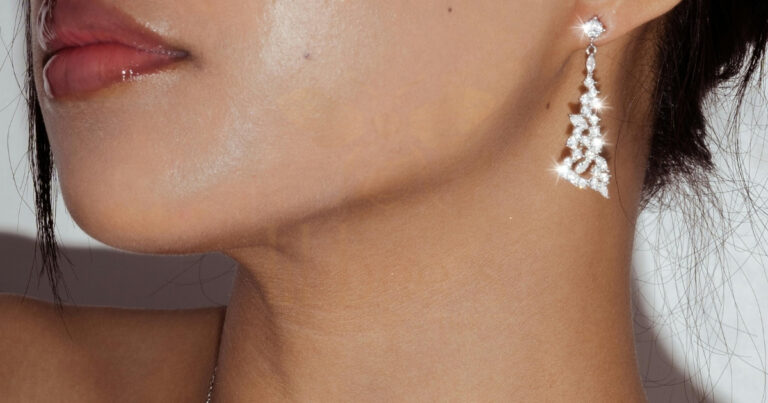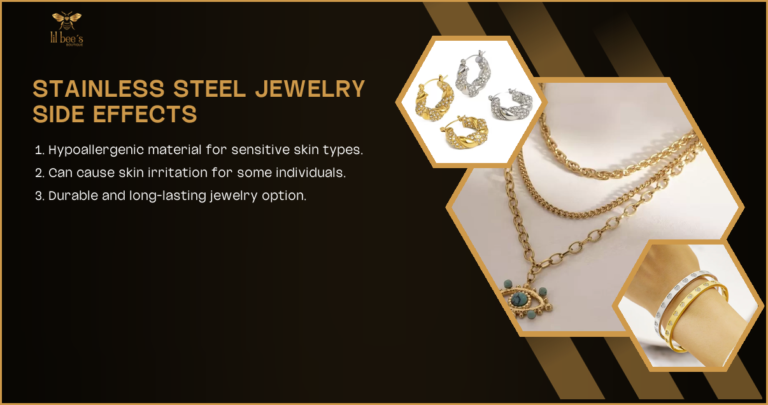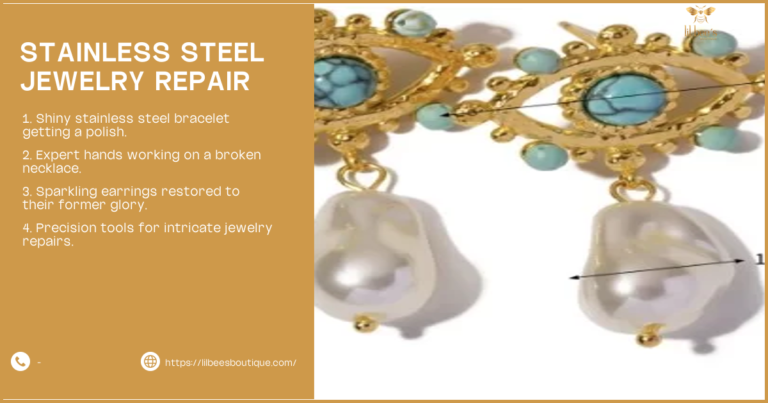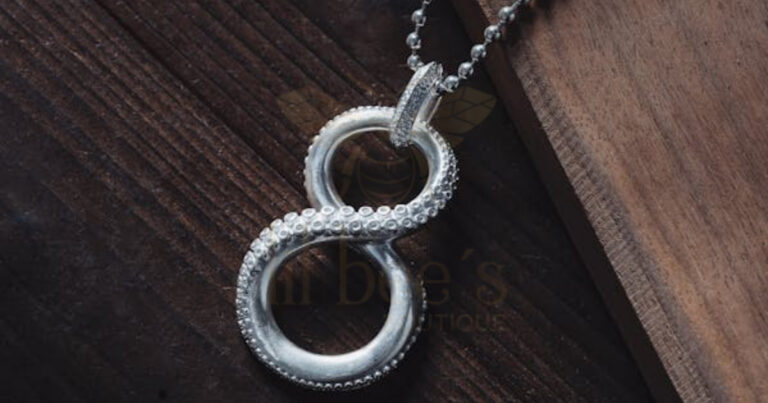When it comes to choosing jewelry , the material plays a crucial role in determining its appearance, durability, and overall value. Two popular options that often come head-to-head are brass and stainless steel. In this comprehensive guide, we’ll explore the differences between brass and stainless steel jewelry , helping you make an informed decision for your next accessory purchase.
Brass vs Stainless Steel Jewelry: An Overview
Composition and Properties
Brass and stainless steel are two distinct metals with unique characteristics that make them suitable for jewelry making. Brass is an alloy primarily composed of copper and zinc, while stainless steel is an iron-based alloy containing chromium and other elements.
Brass jewelry is known for its warm, golden hue and malleability, making it ideal for intricate designs. On the other hand, stainless steel jewelry boasts a sleek, modern appearance and exceptional durability.
Durability and Longevity
When it comes to durability, stainless steel takes the lead. It’s resistant to corrosion, rust, and tarnish, making it an excellent choice for everyday wear. Brass, while durable, is more prone to tarnishing and may require more maintenance over time.
- Brass jewelry:
- Softer and more malleable
- Prone to tarnishing
- May develop a patina over time
- Stainless steel jewelry:
- Highly durable and scratch-resistant
- Resistant to corrosion and rust
- Maintains its appearance with minimal maintenance
Aesthetic Differences Between Brass and Stainless Steel
Color and Appearance
The visual appeal of brass and stainless steel jewelry differs significantly. Brass has a warm, golden color that can range from pale yellow to rich gold, depending on its composition. Stainless steel, in contrast, has a cool, silvery-gray appearance that exudes a modern and sleek vibe.
At Lil Bee’s Boutique, customers can find a wide range of both brass and stainless steel jewelry pieces to suit various style preferences.
Patina Development in Brass Jewelry
One unique characteristic of brass jewelry is its ability to develop a patina over time. This natural aging process can result in a beautiful, antique-like appearance that many jewelry enthusiasts appreciate.
- Patina characteristics:
- Gradual color change
- Adds character and depth to the jewelry
- Can be accelerated or prevented with proper care
| Aspect | Brass Jewelry | Stainless Steel Jewelry |
| Color | Warm, golden | Cool, silvery-gray |
| Finish | Can develop patina | Maintains original appearance |
| Style | Vintage, bohemian | Modern, minimalist |
Hypoallergenic Properties: Stainless Steel vs Brass 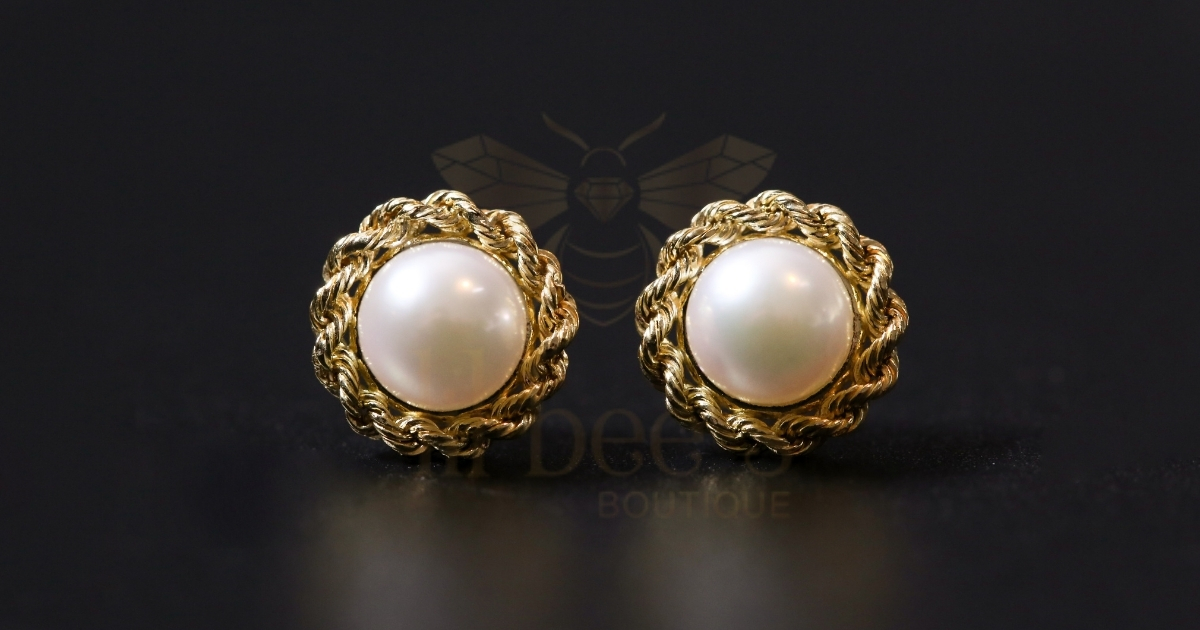
Skin Sensitivity Considerations
For individuals with sensitive skin or metal allergies, the choice between brass and stainless steel jewelry becomes even more critical. Stainless steel is generally considered hypoallergenic, making it a safer option for those prone to skin reactions.
Brass, on the other hand, may contain trace amounts of nickel, which can cause allergic reactions in some people. However, high-quality brass jewelry from reputable sources like Lil Bee’s Boutique often undergoes treatments to minimize the risk of allergic reactions.
Nickel Content and Allergies
Nickel is a common allergen found in many metal alloys used in jewelry making. While stainless steel typically contains nickel, it’s bound tightly within the alloy, reducing the likelihood of allergic reactions.
- Stainless steel jewelry:
- Generally hypoallergenic
- Low risk of skin irritation
- Suitable for most people with metal sensitivities
- Brass jewelry:
- May contain trace amounts of nickel
- Higher risk of allergic reactions in sensitive individuals
- Can be treated to reduce allergen exposure
Maintenance and Care for Brass and Stainless Steel Jewelry
Cleaning Methods
Proper care and maintenance are essential for preserving the beauty and longevity of your jewelry. Both brass and stainless steel require different cleaning approaches to keep them looking their best.
For brass jewelry:
- Use a soft cloth to gently polish the surface
- Create a paste with lemon juice and baking soda for deeper cleaning
- Rinse thoroughly and dry completely after cleaning
For stainless steel jewelry:
- Wipe with a damp cloth to remove dirt and oils
- Use mild soap and water for more thorough cleaning
- Dry immediately to prevent water spots
Tarnish Prevention
Preventing tarnish is crucial, especially for brass jewelry. Here are some tips to keep your jewelry looking pristine:
- Store jewelry in airtight containers or bags
- Remove jewelry before swimming or bathing
- Apply a clear protective coating to brass jewelry
- Regularly clean and polish your pieces
| Care Aspect | Brass Jewelry | Stainless Steel Jewelry |
| Cleaning frequency | More frequent | Less frequent |
| Tarnish prevention | Requires effort | Minimal effort needed |
| Storage | Airtight containers | Standard jewelry box |
Cost Comparison: Brass vs Stainless Steel Jewelry
Initial Investment
When it comes to pricing, brass jewelry is generally more affordable than stainless steel. This makes brass an attractive option for those looking to expand their jewelry collection without breaking the bank.
Stainless steel jewelry, while slightly more expensive, offers excellent value for money due to its durability and low maintenance requirements.
Long-term Value
Consider the long-term value when choosing between brass and stainless steel jewelry:
- Brass jewelry:
- Lower initial cost
- May require more maintenance over time
- Can develop a unique patina, potentially increasing value
- Stainless steel jewelry:
- Higher initial cost
- Minimal maintenance required
- Retains appearance and value over time
Environmental Impact of Brass and Stainless Steel Production
Recyclability
Both brass and stainless steel are recyclable materials, contributing to their eco-friendliness. However, the recycling processes and rates differ between the two metals.
Brass is highly recyclable and can be melted down and reused multiple times without losing its properties. Stainless steel is also recyclable but may require more energy-intensive processes.
Sustainability Factors
When considering the environmental impact of brass and stainless steel jewelry, several factors come into play:
- Energy consumption during production
- Resource extraction and processing
- Longevity and durability of the final product
- Potential for recycling and reuse
| Aspect | Brass | Stainless Steel |
| Recyclability | Highly recyclable | Recyclable, but more energy-intensive |
| Production impact | Lower energy consumption | Higher energy consumption |
| Longevity | Good, with proper care | Excellent, minimal maintenance |
Versatility in Jewelry Design: Brass vs Stainless Steel
Malleability and Workability
The malleability of a metal greatly influences its versatility in jewelry design. Brass is known for its excellent workability, allowing artisans to create intricate and detailed pieces.
Stainless steel, while less malleable, offers its own set of design possibilities. Its strength and durability make it suitable for bold, contemporary designs.
Finishing Techniques
Both brass and stainless steel can be finished in various ways to achieve different looks:
- Brass finishing techniques:
- Polishing for a high shine
- Brushing for a matte look
- Antiquing for a vintage appearance
- Stainless steel finishing techniques:
- Mirror polishing
- Satin brushing
- Bead blasting for a textured finish
Plating Options for Brass and Stainless Steel Jewelry 
Gold Plating Process
Gold plating is a popular technique used to enhance the appearance of both brass and stainless steel jewelry. The process involves applying a thin layer of gold onto the base metal, creating a luxurious look at a fraction of the cost of solid gold jewelry.
At Lil Bee’s Boutique, customers can find a selection of gold-plated brass and stainless steel pieces that offer the elegance of gold without the hefty price tag.
Durability of Plated Finishes
The durability of plated finishes can vary depending on the base metal and the quality of the plating process: Trendy stainless bracelets are cool and shiny accessories that many people like to wear Stainless jewelry polish helps make your metal accessories shiny and clean It removes dirt and tarnish from stainless steel jewelry to keep it looking new
Steel jewelry crafters make beautiful accessories using strong metal They shape and polish steel to create unique necklaces rings and bracelets Rust-resistant jewelry components help keep your jewelry looking shiny and new These special parts don’t turn orange or brown when exposed to water or air
Stainless jewelry restoration helps make old and tarnished jewelry look shiny and new again Stainless jewelry sensitivities can cause skin irritation for some people People with
Adventurous steel accessories are cool and tough items made from metal that add excitement to your look They can include things like bold necklaces rugged bracelets or daring earrings for people who love adventure Stainless jewelry pricing
Stainless steel accessories endure harsh conditions without rusting or breaking They stay shiny and strong for a long time making them great for everyday use Stainless steel value factors depend on how strong and shiny the metal is The price of stainless steel also changes based on how much people want to buy it
Stainless steel necklaces are shiny and strong jewelry that people wear around their necks Silver steel jewelry differences Silver jewelry is shiny and soft while steel jewelry is stronger and less likely to bend both types can look similar but have different qualities when worn
Waterproof steel accessories are tough metal items that don’t get damaged by water They can be used outdoors or in wet places without rusting or breaking
- Gold-plated brass:
- More prone to wear and tarnishing
- May require re-plating over time
- Offers a warm, authentic gold appearance
- Gold-plated stainless steel:
- More durable plating due to the hard base metal
- Resistant to tarnishing and wear
- Provides a long-lasting gold finish
| Plating Aspect | Brass | Stainless Steel |
| Adherence | Good | Excellent |
| Wear resistance | Moderate | High |
| Re-plating needs | More frequent | Less frequent |

